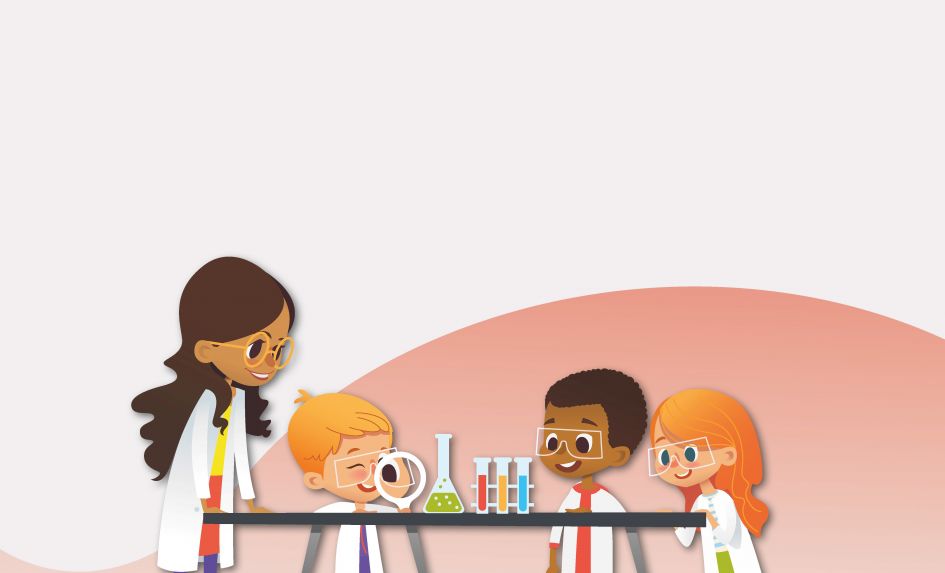Science touches so much of our lives, even if we don’t realise that it’s ‘science’ – including making choices around healthy living, energy use and the products we buy and those we choose not to.
Everyone can benefit from an understanding of the skills involved. For example, problem solving is at the heart of science and is a very transferable skill for many careers.
I have many fond memories of learning STEM topics at school – as a 10 year old I remember experimenting with yeast before making bread. On another occasion, we made a pH indicator from red cabbage juice to use in a project. I probably remember the smell of it more than anything!
It was these every day, practical, but most importantly, investigative experiences which led to my curiosity for STEM and more widely my curiosity for the world around us. Science isn’t about knowing all the answers, it is about asking questions and being able to investigate them and solve problems.
Getting out there
Engaging children with STEM outside of the classroom environment is an important way to help them to understand the real-world impact their STEM studies can have. School visits to museums, farms, parks or even a supermarket can be a source of inspiration for STEM-related discussions, activities and projects.
Trips, just like any STEM activity, should always have a core purpose to them – a big question that they are investigating. Introduce the big question before the visit and make sure any activities are helping to gather information or evidence to answer it.
You could give children a short list of discussion questions to use on the visit, or give them specific things to look out for which they can collect, draw or take a photo of to use back at school.
Follow up the visit by using the information and photos they have collected on their visit to answer the big question.
With the impact of COVID-19, outside trips aren’t as possible – or even recommended in the current climate. One way to get involved with science from the comfort of your sofa is taking part in this year’s British Science Week citizen science project: ‘Spotting Spider Monkeys’.
The project involves tagging infrared drone footage of spider monkeys swinging through the trees in Central America. The tags train an AI algorithm to find and track spider monkeys on its own, saving researchers hundreds of hours of time.
With the black spider monkey population estimated to have fallen by 30 per cent in the last 45 years, primarily due to habitat loss, this is vital work. You can get involved at spottingspidermonkeys.com.
External learning resources
For more examples of open ended investigations linked to everyday life, try our CREST Star and SuperStar resources: primarylibrary.crestawards.org.
Apart from CREST resources, a great source of inspiration is the Explorify website.
This is full of curriculum-linked activities using short video clips and images to generate discussions and investigations around science topics. These can also be used as CREST challenges towards a STAR or SUPERSTAR award.
The internet is full of ideas for practical investigations be that on Pinterest or other sharing sites. The important thing is to follow the guidelines above.
Jane Dowden is education and innovations manager at BSA.










